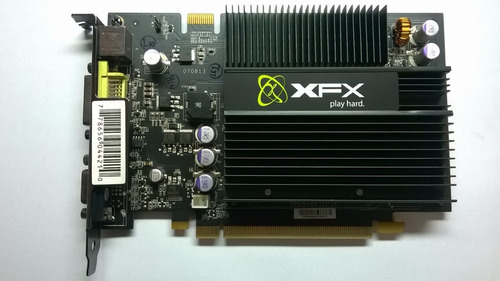- Joined
- Aug 18, 2015
- Messages
- 5
- Motherboard
- Intel DH55HC
- CPU
- Intel Core i3
- Graphics
- XFX 8500 GT
- Mobile Phone
I have a very simple question and I hope to get some straightforward answer in what Wikipedia calls Simple English.
I have an Intel DH55HC (LGA1156 core i5) mobo with a GeForce 520 card. For some reason, nothing works with the UEFI boot mode option enabled, it either fails immediately (Sierra setup with Drv2 error), hangs before finish (Yosemite on less than a minute remaining) or fails elsewhere. So I'm done with UEFI and I'm using the pen drive to boot and select the OS.
The question, if someone really knows the answer, is what exactly is each of these options for:
For the average user it's virtually impossible to figure their meaning, not to mention finding out their correct combination to make a system work. Also, do these options apply for UEFI boot mode only, or are they totally independent?
To make it even worse, I understand that the options for Yosemite won't necessarily work with Sierra, and you have to test again the 256 possible combinations of options to make it work. As you can see, this is more than frustrating.
Last, and this goes specifically to whoever implements these arguments: You should never implement contradictory options under any circumstance. Eg., if I implement the options enable_nvidia=1 along with disable_nvidia=1, who could possibly know the result? This is more or less what happens with the absurd amount of identical options to get a single result: tell the SW that I am or am not using an nvidia video card. Why couldn't you add a single option?
Notice: I'm not implying that all developers lack logical sense when adding options to uselessly complicate the user, neither I'm criticising the work of the Clover developers nor any other Hackintosh developer for the matter.
I have an Intel DH55HC (LGA1156 core i5) mobo with a GeForce 520 card. For some reason, nothing works with the UEFI boot mode option enabled, it either fails immediately (Sierra setup with Drv2 error), hangs before finish (Yosemite on less than a minute remaining) or fails elsewhere. So I'm done with UEFI and I'm using the pen drive to boot and select the OS.
The question, if someone really knows the answer, is what exactly is each of these options for:
nvda_drv=1
nv_disable=1
inject nvidia
nvidia web driver
nv_disable=1
inject nvidia
nvidia web driver
For the average user it's virtually impossible to figure their meaning, not to mention finding out their correct combination to make a system work. Also, do these options apply for UEFI boot mode only, or are they totally independent?
To make it even worse, I understand that the options for Yosemite won't necessarily work with Sierra, and you have to test again the 256 possible combinations of options to make it work. As you can see, this is more than frustrating.
Last, and this goes specifically to whoever implements these arguments: You should never implement contradictory options under any circumstance. Eg., if I implement the options enable_nvidia=1 along with disable_nvidia=1, who could possibly know the result? This is more or less what happens with the absurd amount of identical options to get a single result: tell the SW that I am or am not using an nvidia video card. Why couldn't you add a single option?
Notice: I'm not implying that all developers lack logical sense when adding options to uselessly complicate the user, neither I'm criticising the work of the Clover developers nor any other Hackintosh developer for the matter.
Last edited:


